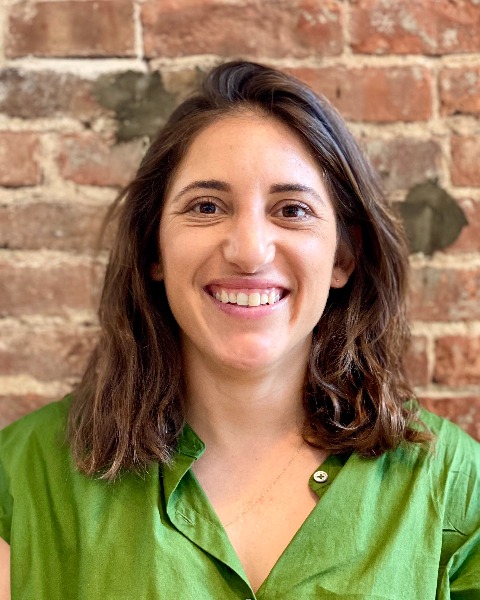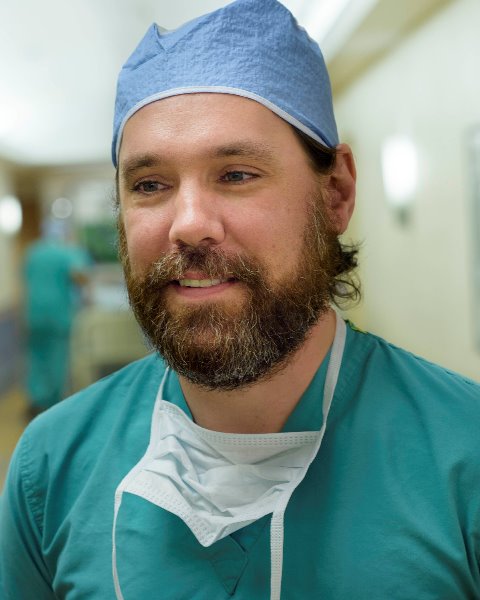PSM
Clinical Trials
48: Radiographic and biochemical monitoring for post-surgical recurrence in colorectal and appendiceal peritoneal carcinomatosis

Nicole Aguirre, MD
Research Fellow
Memorial Sloan Kettering Cancer Center
BROOKLYN, New York, United States
Nicole Aguirre, MD
Research Fellow
Memorial Sloan Kettering Cancer Center
BROOKLYN, New York, United States
Nicole Aguirre, MD
Research Fellow
Memorial Sloan Kettering Cancer Center
BROOKLYN, New York, United States- KH
Karri Hester, MD
Resident Physician
Memorial Sloan Kettering Cancer Center, United States - MM
Mostafa Mohamed, BS
Patient Care Coordinator
Memorial Sloan Kettering Cancer Center, United States - MF
Michael Foote, MD
Assistant Attending Physician, Gastrointestinal Oncology Service, Department of Medicine
Memorial Sloan Kettering Cancer Center, United States - AC
Andrea Cercek, MD
Associate Attending
Memorial Sloan Kettering Cancer Center, United States 
Garrett M. Nash, MD, MPH, FACS, FASCRS (he/him/his)
Department of Surgery Vice Chair (Quality and Safety), Associate Attending Surgeon
Memorial Sloan Kettering Cancer Center
New York, New York, United States- GK
Georgios Karagkounis, MD
Assistant Attending Surgeon, Department of Colorectal Surgery
Memorial Sloan Kettering Cancer Center, United States
Abstract Presenter(s)
Submitter(s)
Author(s)
Cytoreductive surgery (CRS) is thought to improve oncologic outcomes in select patients with colorectal (CRC) and appendiceal cancer (AC) presenting with peritoneal carcinomatosis (PC). Optimizing surveillance for these patients is critical, as postoperative recurrence is common, and can be radiographically ambiguous. The aim of this study was to evaluate the sensitivity of computed tomography (CT) imaging and serum carcinoembryonic antigen (CEA) levels in detecting recurrent disease after CRS.
Methods:
Patients who underwent CRS with intraperitoneal chemotherapy for PC of CRC or AC origin as part of the ICARuS randomized trial (NCT01815359) at a single center between 2014-2021 were included. Patients underwent CT and CEA assessment at prespecified intervals every 3-6 months. Patients without elevated preoperative CEA levels or recorded recurrence (defined based on histopathological confirmation or clinical diagnosis per study criteria) were excluded. CEA increase of at least 1.0 ng/mL from prior measurement or imaging findings of “suspicious for” / “probable” malignancy were considered indicative of recurrence, and if within 30 days from each other, concurrent. Statistical comparisons were performed using Chi square.
Results:
One hundred twenty-nine patients were included (46 CRC and 83 AC). Detection of recurrence was concurrent in 28 (22%), detected first by CEA in 51 (40%), and first by CT in 50 (39%). When recurrence was first detected by CEA, the median time to indicative CT findings was 3 months, whereas when first detection was by CT, the median time to indicative CEA increase was 6.3 months. In 24 (19%) patients, recurrence on CT was never accompanied by CEA elevation; all CEA elevations were accompanied by concurrent or subsequent CT demonstrated recurrence. Neither modality was more likely to first detect recurrence (p=0.88), a finding consistent when CRC (p=0.86) and AC (p=0.79) patients were examined separately (Figure), and in the subgroup of patients with first recurrence in the peritoneal cavity (p=0.89).
Conclusions:
Serum CEA and CT imaging have a complementary value in surveillance after CRS, and neither one consistently detects recurrence earlier. Better detection modalities, such as ctDNA and improved imaging, are warranted.
Learning Objectives:
- Upon completion, participant will be able to contrast the use of CT scans and CEA for detection of recurrence in patients with peritoneal carcinomatosis.
- Upon completion, participant will be able to critically assess current method of surveillance in patients with peritoneal carcinomatosis
- Upon completion, participant will be able to reflect on improving modalities for detection of recurrent disease in patients with peritoneal carcinomatosis.
